The setenv command is for changing Environment Variables. Hence the command you tried is bash equivalent of:
export InstanceType=t2.medium
And doesnt really do anything for your beanstalk environment.
You can create an environment using the -i option during create
eb create -i t2.micro
Or, you can use eb config to edit a currently running environment. This will open up a text editor. Look for the section that looks like:
aws:autoscaling:launchconfiguration:
IamInstanceProfile: aws-elasticbeanstalk-ec2-role
EC2KeyName: aws
InstanceType: t1.micro
And edit the t1.micro to t2.micro. (save and quit)
But just to make your life easier, you can save the below as .elasticbeanstalk/saved_configs/default.cfg.yml and the CLI will use all these settings on all future creates.
AWSConfigurationTemplateVersion: 1.1.0.0
OptionSettings:
aws:elb:loadbalancer:
CrossZone: true
aws:elasticbeanstalk:command:
BatchSize: '30'
BatchSizeType: Percentage
aws:autoscaling:launchconfiguration:
IamInstanceProfile: aws-elasticbeanstalk-ec2-role
EC2KeyName: aws
InstanceType: t2.micro
aws:elb:policies:
ConnectionDrainingEnabled: true
aws:autoscaling:updatepolicy:rollingupdate:
RollingUpdateType: Health
RollingUpdateEnabled: true
aws:elb:healthcheck:
Interval: '30'
